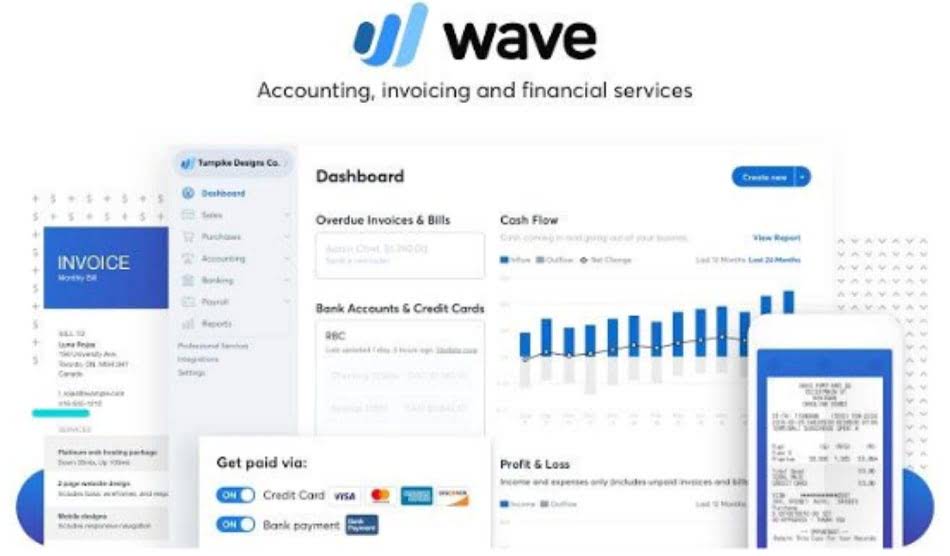
They differ from variable costs, which fluctuate based on the level of goods or services produced by the business. It is worth noting the need for control of fixed costs considerably, as such expenses are to be incurred at all times they are put in the budget. The difference between fixed and variable costs has to do with their correlation to the production levels of a company. As we said earlier, variable costs have a direct relationship with production levels. Using a variable cost per unit calculator involves dividing the total variable costs by the total units produced.
What Are Some Examples of Variable Costs?

The owner took out a business loan some years ago to buy equipment fixed expense formula and she regularly pays $200 interest on the balance. She is also required by her state to pay for a $500 Pet Grooming Facility License on an annual basis. Find all costs that remain unchanging from month to month, like your rent, insurance, lease costs, utility bills, inventory costs, recurring permit and licensing fees, property tax, and salaries. A company’s costs classified as “fixed” are incurred periodically, so there is a set schedule and dollar amount attributable to each cost. This is the formula to calculate applied manufacturing overhead in manufacturing.
High-Low Method
Moreover, by identifying and managing indirect costs, a company can improve its cost structure and increase its profitability. Fixed costs remain constant regardless of the changes in production volume, while variable costs directly respond to fluctuations in production levels. This means that when the production volume increases, fixed costs remain the same, whereas variable costs increase proportionately. Conversely, when production volume decreases, fixed costs stay constant, while variable costs decrease.
- Most operating expenses are tax-deductible, so it’s important to track and categorize your operating expenses so you can make the most of your tax return.
- Ramp’s all-in-one expense management software automates expense tracking and reporting, helping you manage and reduce your operating costs in a targeted way.
- Variable costs increase or decrease as production increases or decreases.
- Variable costs are commonly designated as the cost of goods sold (COGS), whereas fixed costs are not usually (but can be) included in COGS.
- This metric is typically used to calculate the break even point of a production process and set the pricing of a product.
How Do Businesses Use the Break-Even Point in Break-Even Analysis?
- Businesses with lower fixed costs may have greater flexibility to innovate and adapt to market changes.
- They also use this to forecast the profits of the budgeted production numbers after the prices have been set.
- It will help the management to access each category’s performance across the whole company.
- One powerful tool that can significantly aid in managing and calculating both fixed and variable costs is Deskera ERP.
- For that reason, they’re listed separately from the cost of goods sold (COGS) on your income statement.
- These loan payments include principal payments and interest, and they don’t change as your business volume increases.
In contrast, a service-based company may incur fixed costs for office rent and administrative salaries. In the service industry, fixed costs typically include expenses such as office space rent, utilities, and salaries. These costs remain constant regardless of the number of services provided. For example, a consulting firm will still need to pay rent for their office space and salaries to their employees, even if they experience a decline in the number of clients. Since variable costs are tied to output, lower production volume means fewer costs are incurred, which eases the cost pressure on a company — but fixed costs must still be paid regardless.


However, it doesn’t consider other expenditures like rent and insurance premiums. Any changes Accounting for Technology Companies in fixed or variable costs impact COGS, influencing the gross profit. Fixed costs are unavoidable business expenses that don’t change with increasing and decreasing production or sales levels. Examples include rent, employee salaries, insurance, and debt payments.
By knowing your total variable costs and total fixed costs, you can make better business decisions. Average fixed cost is an CARES Act amount that is incurred to produce a unit or a service irrespective of how many of them are sold. It is because of this that average fixed costs are important and beneficial for the pricing of your goods and services. Understanding how to calculate total fixed costs is essential for managing business expenses, setting pricing strategies, and improving profitability.